Filter by
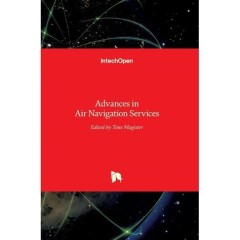
Advances in Air Navigation Services
Provision of air navigation services entered a new era of performance scheme. The performance scheme provides binding targets on four key performance areas of safety, capacity, environment and cost-efficiency. It is imposed that targets are fully achieved, but it is not prescribed how, this being typical for the performance based and goal oriented regulation. Those key performance areas are int…
- Edition
- -
- ISBN/ISSN
- 9789535162223
- Collation
- 188 hlm; ill., lamp.,
- Series Title
- -
- Call Number
- -

Spationomy : Spatial Exploration of Economic Data and Methods of Interdiscipl…
This open access book is based on "Spationomy – Spatial Exploration of Economic Data", an interdisciplinary and international project in the frame of ERASMUS+ funded by the European Union. The project aims to exchange interdisciplinary knowledge in the fields of economics and geomatics. For the newly introduced courses, interdisciplinary learning materials have been developed by a team of…
- Edition
- 1
- ISBN/ISSN
- 9783030266264
- Collation
- VIII, 325 hlm; ill., lamp.,
- Series Title
- -
- Call Number
- -
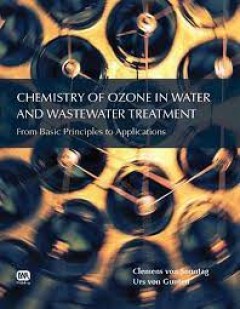
Chemistry of Ozone in Water and Wastewater Treatment
Even though ozone has been applied for a long time for disinfection and oxidation in water treatment, there is lack of critical information related to transformation of organic compounds. This has become more important in recent years, because there is considerable concern about the formation of potentially harmful degradation products as well as oxidation products from the reaction with the ma…
- Edition
- -
- ISBN/ISSN
- 9781780400839
- Collation
- -
- Series Title
- -
- Call Number
- -
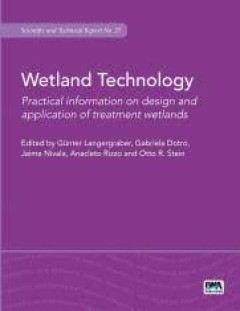
Wetland Technology Practical Information on the Design and Application of Tr…
Water quality standards across the world are being re-written to promote healthier ecosystems, ensure safe potable water sources, increased biodiversity, and enhanced ecological functions. Treatment wetlands are used for treating a variety of pollutant waters, including municipal wastewater, agricultural and urban runoff, industrial effluents, and combined sewer overflows, among others. Treatme…
- Edition
- -
- ISBN/ISSN
- 9781789060171
- Collation
- -
- Series Title
- -
- Call Number
- -
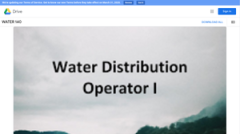
Water Distribution Operator I
Introduces basic concepts and processes of drinking water distribution systems, including a general background of drinking water sources, regulations, water system design, and various distribution system appurtenances.
- Edition
- -
- ISBN/ISSN
- -
- Collation
- -
- Series Title
- -
- Call Number
- 628.144 ALV w
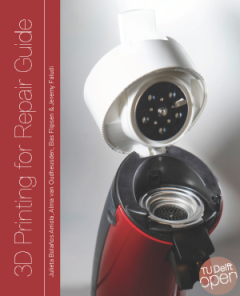
3D Printing for Repair Guide
Overview: This guide takes the reader through the 3D Printing for Repair (3DP4R) process. It consists of guidelines and tools to create a 3D printable version of spare parts needed for a product repair. 3D printing a spare part is more than just printing the original part. Instead, it is an iterative process in which the part is analysed, redesigned, manufactured, and tested, in order to come t…
- Edition
- -
- ISBN/ISSN
- -
- Collation
- -
- Series Title
- -
- Call Number
- 620 OUD t
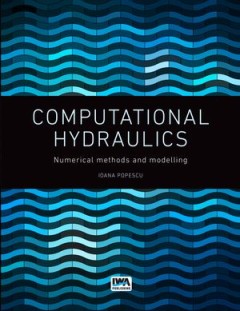
Computational Hydraulics
Computational Hydraulics introduces the concept of modeling and the contribution of numerical methods and numerical analysis to modeling. It provides a concise and comprehensive description of the basic hydraulic principles, and the problems addressed by these principles in the aquatic environment. Flow equations, numerical and analytical solutions are included. The necessary steps for building…
- Edition
- -
- ISBN/ISSN
- 9781780400440
- Collation
- -
- Series Title
- -
- Call Number
- -
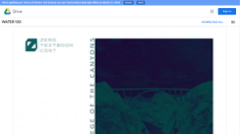
Waterworks Mathematics
Introduces basic mathematical principles related to drinking water distribution and treatment systems and wastewater treatment plants; including areas, volumes, pressure, flow rates, unit conversion, chemical dosage, detention time, and filtration rates. Focuses on mathematical computations within the expected range of knowledge on the State Water Resources Control Board exams for Drinking Wate…
- Edition
- -
- ISBN/ISSN
- -
- Collation
- -
- Series Title
- -
- Call Number
- -

Water Treatment and Plant Operation Processes II
Examines advanced topics in conventional surface water treatment processes and disinfection, as well as non-conventional treatment processes.
- Edition
- -
- ISBN/ISSN
- -
- Collation
- -
- Series Title
- -
- Call Number
- -
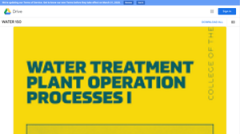
Water Treatment Plant Operation Processes I
Overview: Presents the basic operating principles and techniques of the conventional surface water treatment processes of coagulation, flocculation, sedimentation, and filtration, plus those of disinfection processes.
- Edition
- -
- ISBN/ISSN
- -
- Collation
- -
- Series Title
- -
- Call Number
- -
 Computer Science, Information & General Works
Computer Science, Information & General Works  Philosophy & Psychology
Philosophy & Psychology  Religion
Religion  Social Sciences
Social Sciences  Language
Language  Pure Science
Pure Science  Applied Sciences
Applied Sciences  Art & Recreation
Art & Recreation  Literature
Literature  History & Geography
History & Geography